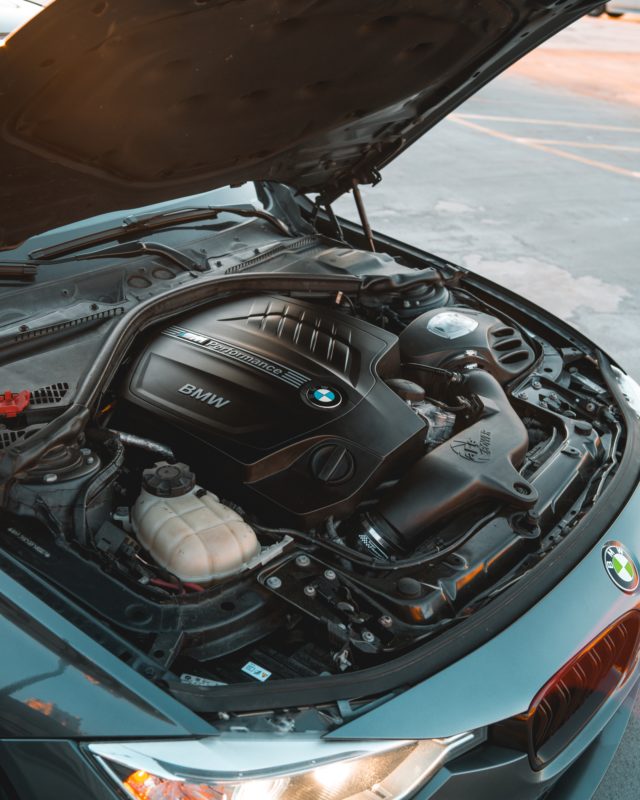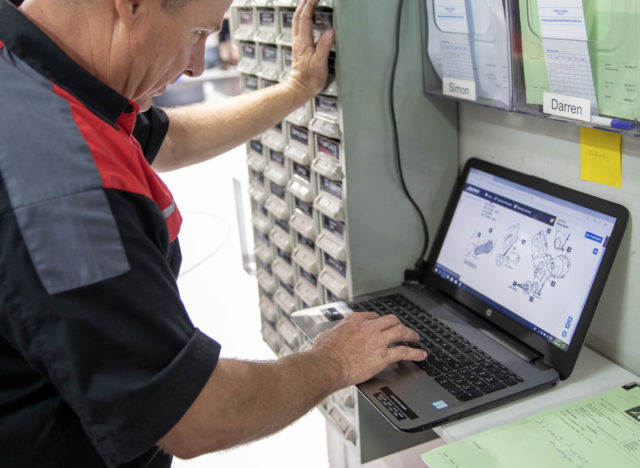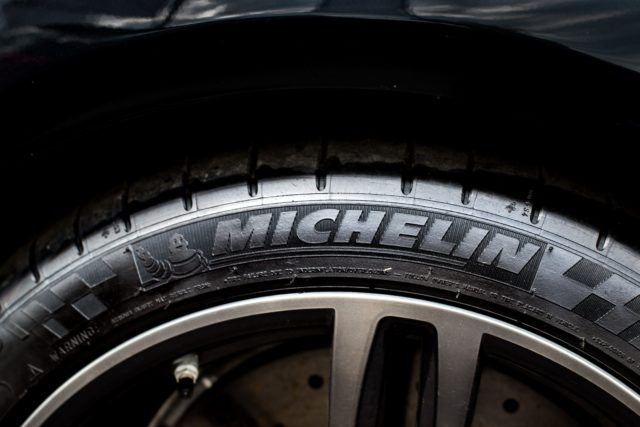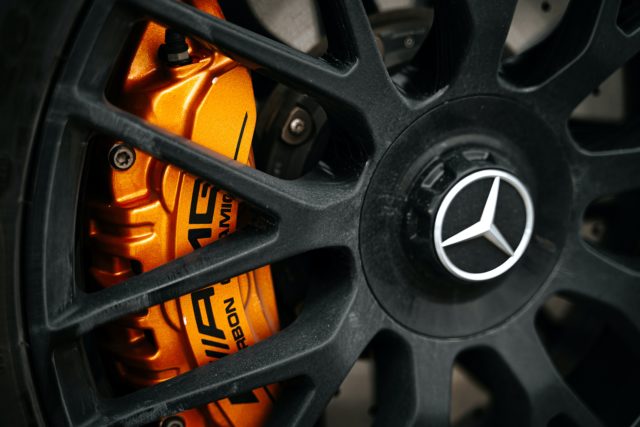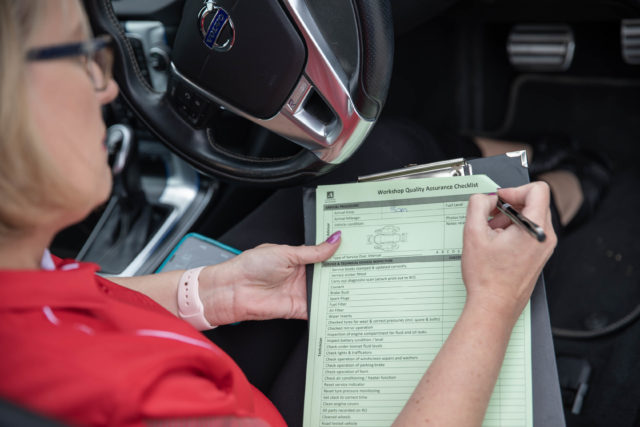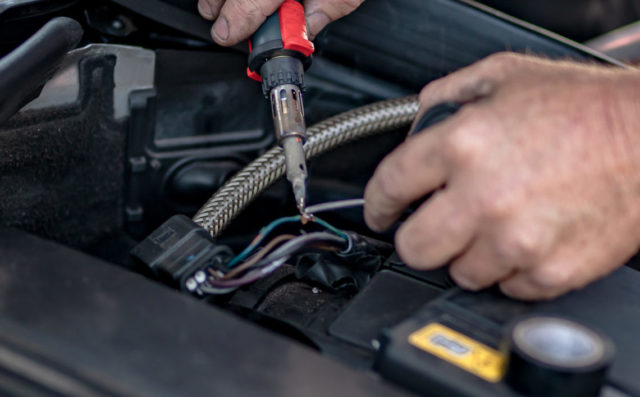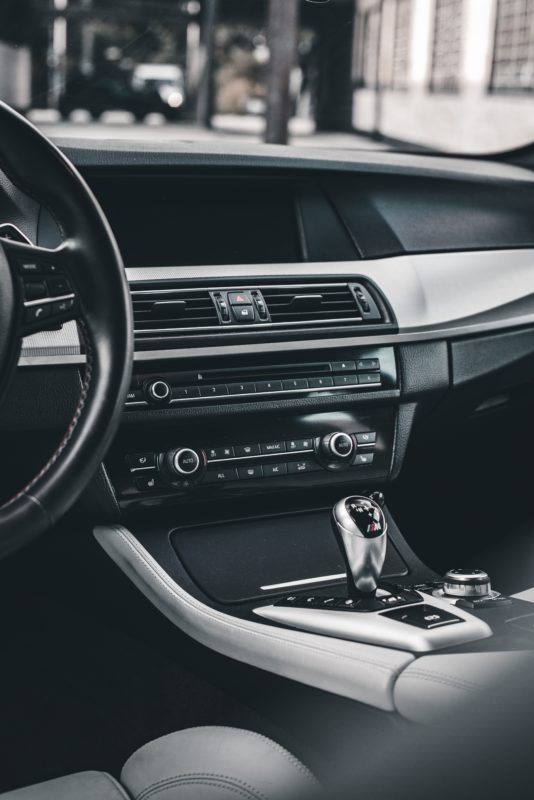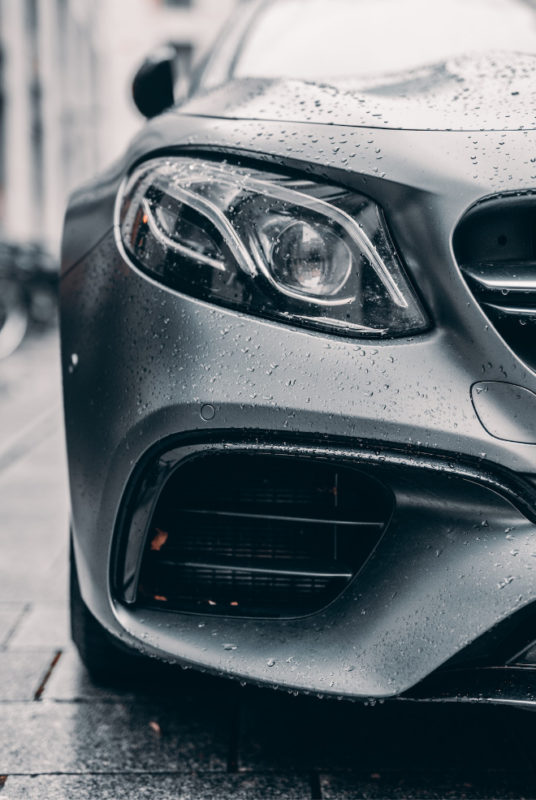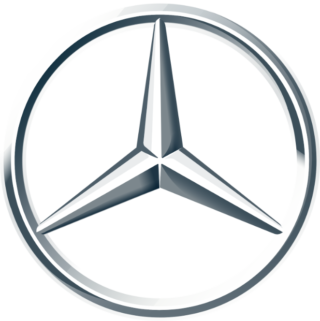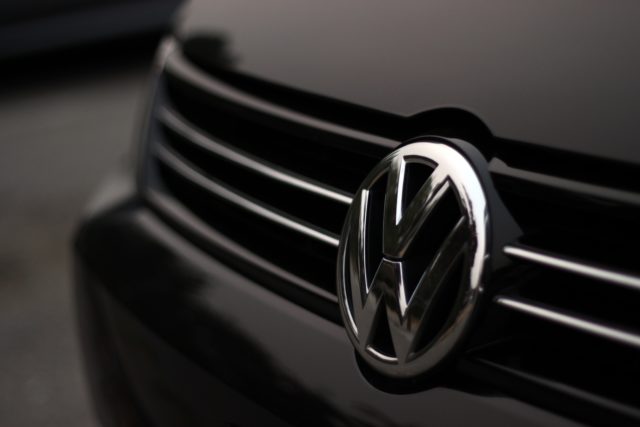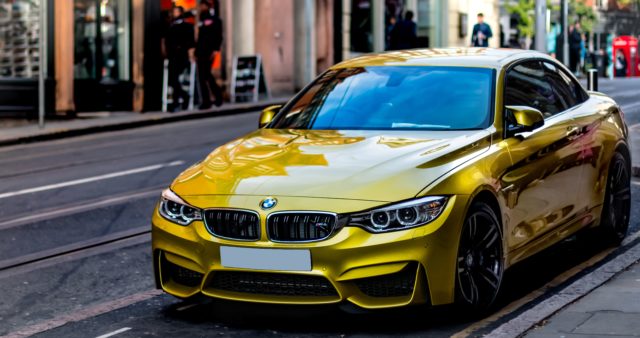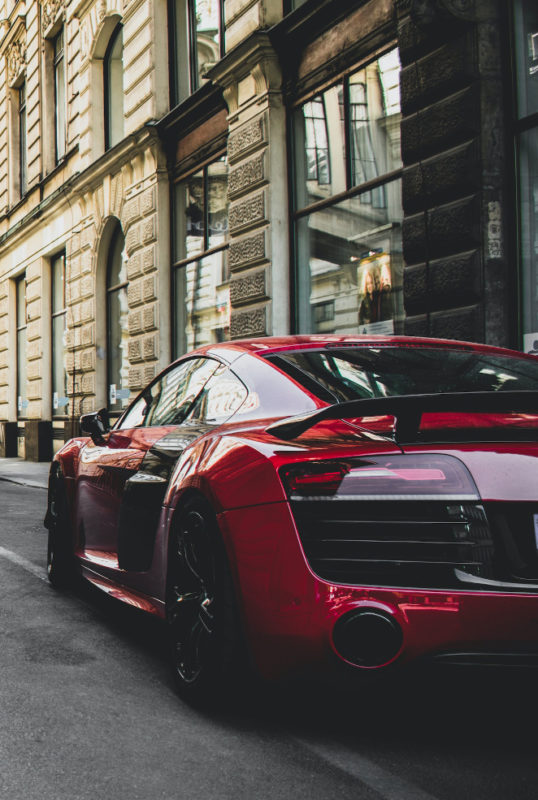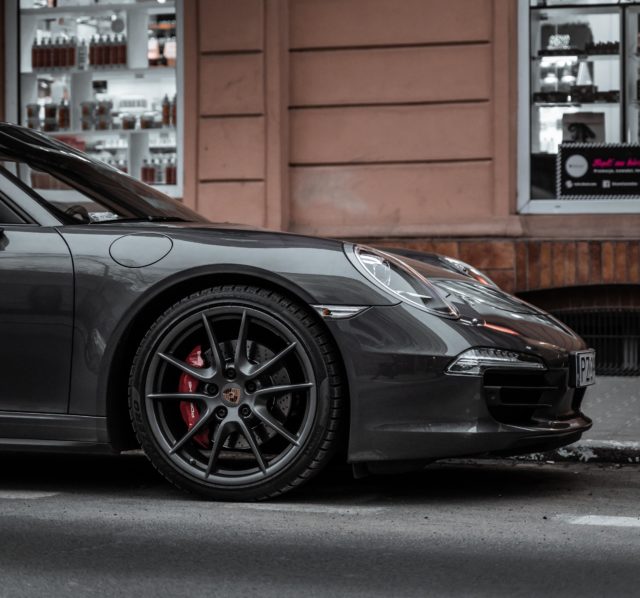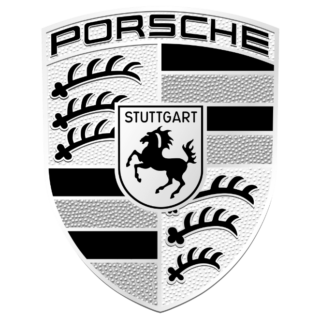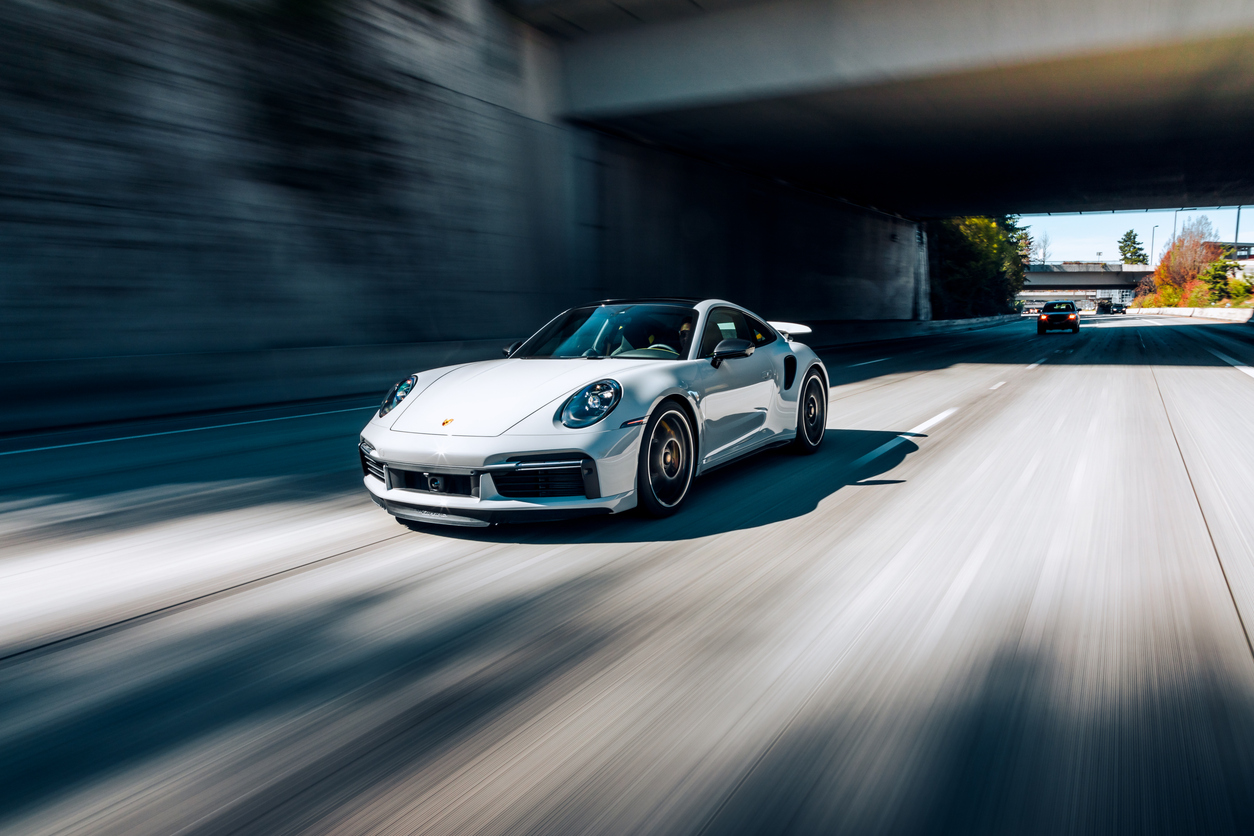
Why European Cars Handle Better: A Look at Engineering Differences
Published
There’s something unmistakable about the way a European car feels on the road. Whether it’s a BMW hugging a curve or an Audi responding precisely to steering input, the handling in European vehicles has a certain sharpness — a confidence — that’s hard to match.
But what makes these cars handle better? It’s not just marketing hype — it’s down to deliberate, detailed engineering choices. In this guide, we unpack why European cars lead the way in handling performance and how you can keep yours feeling its best.
European Car handling Summary
- Handling refers to how well a car responds to driver input, especially in corners and at speed.
- European manufacturers prioritise chassis balance, steering feel and dynamic response in vehicle design.
- Sophisticated suspension geometry and even weight distribution give Euro cars their signature feel.
- Advanced features like adaptive dampers, dynamic steering, and torque vectoring enhance handling.
- Regular servicing is key to maintaining precise handling in prestige vehicles.
What ‘Handling’ Actually Means — And Why It Matters
In simple terms, handling is how your car behaves when you ask it to change direction. It’s how it corners, reacts to steering input, maintains grip, and recovers from sudden manoeuvres.
Good handling is:
- Predictable and confidence-inspiring
- Precise without being twitchy
- Balanced in both low- and high-speed corners
It’s especially important in performance and prestige cars, where the driving experience is part of the appeal — not just getting from A to B.
European Engineering: Designed for Driver Involvement
European automakers like BMW, Audi, Mercedes-Benz and Porsche design their cars with driving engagement at the forefront. That means tighter control over how the car feels under load, in corners, and at speed.
In contrast, other manufacturers often prioritise ride softness or cost-efficiency. The result? European vehicles might feel firmer or more direct — but that’s exactly what makes them handle so well.
Key design differences include:
- More rigid chassis construction
- Precision-tuned suspension geometry
- Rear- or all-wheel drive platforms in many models
- Use of premium materials and tighter manufacturing tolerances
It's this obsessive attention to detail that gives you the “connected” feel behind the wheel.
Suspension, Steering and Chassis: The Precision Trifecta
Three main components define how a car handles — and European vehicles typically excel in all three:
1. Suspension Systems
European cars use multi-link rear suspension, adaptive dampers, and reinforced components that minimise body roll and maintain tyre contact at all times. Even base models are designed with cornering control in mind.
2. Steering Calibration
European power steering (whether hydraulic or electronic) is usually weighted to provide feedback — you can feel what the tyres are doing. Many models also offer dynamic steering that adjusts ratio based on speed.
3. Chassis and Frame Stiffness
A stiffer body reduces flex during cornering. This lets the suspension do its job more effectively and gives a more “planted” feel at higher speeds.
Together, these systems work harmoniously to deliver handling that feels tight, responsive and composed — whether on a winding road or just changing lanes.
Why Weight Distribution and Balance Set Euros Apart
Weight distribution plays a huge role in how a car handles. European engineers work hard to achieve a near 50/50 balance between front and rear, especially in rear wheel drive sedans and performance models.
Better balance means:
- Less understeer or oversteer in corners
- More predictable braking and acceleration
- Reduced body roll
- More consistent grip at all four wheels
This is one reason why even a diesel BMW can feel more agile than a sportier car from another brand.
Common Handling Features in Prestige Cars
Here are some of the most common technologies that enhance handling in European vehicles:
- Adaptive suspension (Audi Drive Select, BMW Adaptive M, Mercedes AIRMATIC)
- Torque vectoring for improved cornering traction
- Rear-wheel steering in higher-end models like the Porsche 911 or Mercedes S-Class
- Limited-slip differentials for better power delivery to the wheels
- Drive mode selectors to customise throttle, steering and suspension response
These features allow European cars to adapt to conditions while preserving driver feel and dynamic balance.
How Proper Servicing Maintains Handling Performance
Even the best-engineered suspension and steering systems can lose sharpness over time. Worn components, misalignments or uneven tyre wear can all compromise handling — and in high-performance vehicles, that’s not something you want to ignore.
At Accelerate Automotive, we help keep your car handling like new with:
- Suspension and steering component inspections
- Wheel alignment and corner weighting
- Tyre pressure and wear checks
- Electronic steering calibration
- Diagnostic scans for dynamic ride control systems
European cars are only as good as the condition in which they’re kept—and we’re here to ensure yours stays perfectly dialled in.
FAQ
Q: Why do European cars feel more stable at high speeds?
A: They're engineered with stiffer suspension, better aerodynamics and more precise steering — all tuned for high-speed comfort and control.
Q: My car doesn’t feel as sharp in corners anymore — what should I check?
A: Tyre pressure, suspension bushings, wheel alignment, and dampers. Even one worn component can throw off the whole system.
Q: Do all European cars have great handling?
A: Most do — especially mid- to high-end models. Even entry-level cars like the Volkswagen Golf are tuned for handling better than average.
Q: Can handling be improved with aftermarket upgrades?
A: Yes — with the right components. But it’s important to balance performance with ride quality. Talk to a specialist before modifying.
Conclusion
European cars are handled better due to engineering, which is pure and simple. Every detail is designed for precision and performance, from suspension geometry to chassis balance and intelligent steering systems. Whether navigating winding roads or cruising the motorway, that feeling of connection keeps European car drivers coming back.
And when does that handling feel start to fade? That’s where Accelerate Automotive steps in — Brisbane’s experts in restoring, tuning and maintaining driving excellence.
This guide is written by Accelerate Automotive, a Brisbane-based European car specialist specialising in handling diagnostics, suspension tuning and performance servicing for prestige vehicles.


